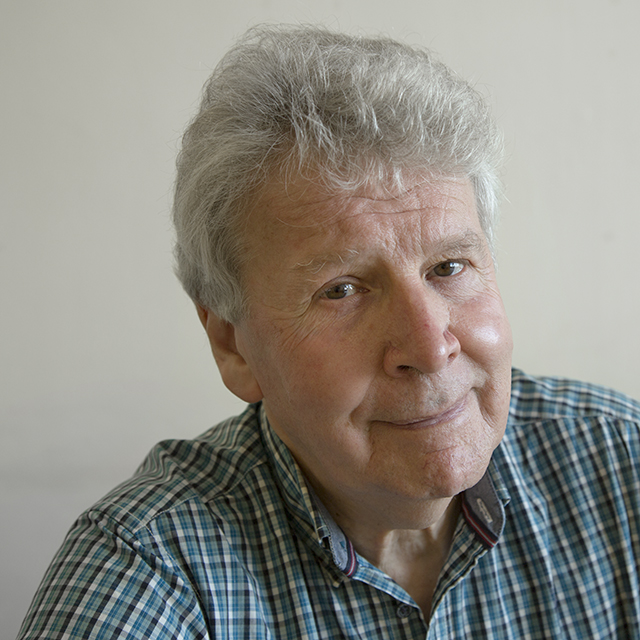Professor of Surgical Sciences, University College London
Organ skeletons and the future
Prof. Barry Fuller
For the future, there is research going on now, and it’s moving very quickly, to be able to construct organs either using the tissue skeleton of a normal organ that’s been removed from the body, and then the cells have been removed, so a matrix of the skeleton of the proteins of the organ remains – and then the hope is that we’ll be able to infuse stem cells and organ specific cells into the skeleton, and construct an organ which is already the correct shape and size for transplantation. The big benefit would be that it might be possible to use the patient’s own cells to carry out this procedure, once the skeletons were available so that there wouldn’t be a need to take immunosuppressant drugs in the same way as is the requirement at the moment.
Scaffolding is another term to replace the term skeleton.
To be able to produce organ skeletons – again the organs need to be perfused and treated outside the body with what are basically detergent solutions, which wash out the cells and the biological materials which might make the organ reject in an immune way, but leave the 3-dimensional network of extra-cellular proteins. These are the proteins that sit throughout the organ, and to which the cells are normally attached. So, by washing out all of the cells and the immunological materials, that skeleton should not raise an immune response once it is transplanted into the patient. If we can get cells to repopulate the skeleton, then we have an organ that’s transplantable, because it’s the right size, the right dimensions, and will have enough functioning cells to carry out the organ function after transplantation.
Moving even further into the future, there are researches going on to print this kind of organ skeleton from either natural materials or new synthetic materials so that we don’t have to wait until we have an organ available that can be used to make a skeleton, but actually we can make the skeleton from materials in the laboratory or in the clinic. Which means that there’s a way of dealing with the organ shortage, which has always been a problem with transplantation – that there are never sufficient organs to treat all the people at the moment who need to receive a transplant.
Scaffolding is another term to replace the term skeleton.
To be able to produce organ skeletons – again the organs need to be perfused and treated outside the body with what are basically detergent solutions, which wash out the cells and the biological materials which might make the organ reject in an immune way, but leave the 3-dimensional network of extra-cellular proteins. These are the proteins that sit throughout the organ, and to which the cells are normally attached. So, by washing out all of the cells and the immunological materials, that skeleton should not raise an immune response once it is transplanted into the patient. If we can get cells to repopulate the skeleton, then we have an organ that’s transplantable, because it’s the right size, the right dimensions, and will have enough functioning cells to carry out the organ function after transplantation.
Moving even further into the future, there are researches going on to print this kind of organ skeleton from either natural materials or new synthetic materials so that we don’t have to wait until we have an organ available that can be used to make a skeleton, but actually we can make the skeleton from materials in the laboratory or in the clinic. Which means that there’s a way of dealing with the organ shortage, which has always been a problem with transplantation – that there are never sufficient organs to treat all the people at the moment who need to receive a transplant.
